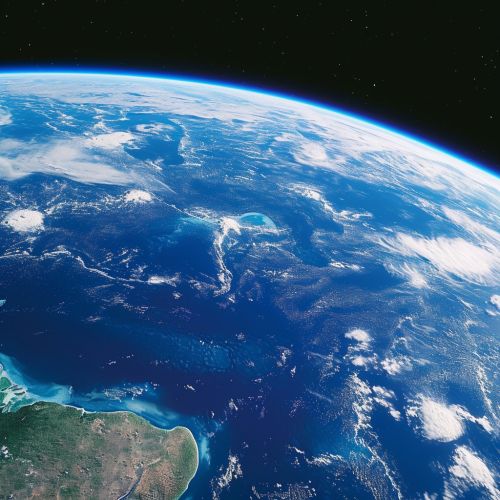Climate dynamics
Introduction
Climate dynamics is a branch of atmospheric science that studies the underlying principles and processes governing the behavior of climate systems. This field of study is primarily concerned with the interactions between various components of the Earth's climate system, including the atmosphere, oceans, land surface, and ice masses, and how these interactions influence the Earth's climate over time.
Overview of Climate Dynamics
Climate dynamics is a complex and multidisciplinary field that involves the application of the principles of physics, chemistry, and mathematics to understand the behavior of the Earth's climate system. It seeks to explain the causes of climate variability and change on all spatial and temporal scales, from local weather patterns to global climate change over geological time scales.
Components of the Climate System
The climate system is composed of five major components: the atmosphere, the hydrosphere, the cryosphere, the lithosphere, and the biosphere. Each of these components interacts with the others in complex ways, and changes in any one component can have significant effects on the overall climate system.
Atmosphere
The atmosphere is the layer of gases that surrounds the Earth. It plays a crucial role in the climate system by regulating the Earth's temperature, distributing heat around the globe, and cycling water and other chemicals.
Hydrosphere
The hydrosphere includes all of the Earth's water, whether it is in the form of liquid water in the oceans and lakes, water vapor in the atmosphere, or solid ice in the polar ice caps and glaciers.
Cryosphere
The cryosphere refers to the portions of the Earth's surface where water is in solid form, including sea ice, lake ice, river ice, snow cover, glaciers, ice caps, ice sheets, and frozen ground (which includes permafrost).
Lithosphere
The lithosphere is the rigid outermost shell of a terrestrial-type planet or natural satellite that is defined by its rigid mechanical properties. It includes the Earth's crust and upper mantle.
Biosphere
The biosphere is the global sum of all ecosystems. It can also be termed the zone of life on Earth, a closed system, and largely self-regulating.
Climate Variability and Change
Climate variability refers to changes in the mean state and other statistics (such as standard deviations, the occurrence of extremes, etc.) of the climate on all temporal and spatial scales beyond that of individual weather events. Climate change refers to a change in the state of the climate that can be identified by changes in the mean and/or the variability of its properties, and that persists for an extended period, typically decades or longer.
Climate Feedbacks
Climate feedbacks are processes that can either amplify or diminish the effects of climate forcings. A positive feedback amplifies changes, while a negative feedback diminishes changes. These feedbacks involve various components of the Earth's climate system and can operate over a range of time scales.
Climate Modeling
Climate modeling is a key tool in climate dynamics, used to understand the complex interactions within the climate system and to project future changes in the climate. Climate models are mathematical representations of the interactions between the atmosphere, oceans, land surface, and ice.
See Also


